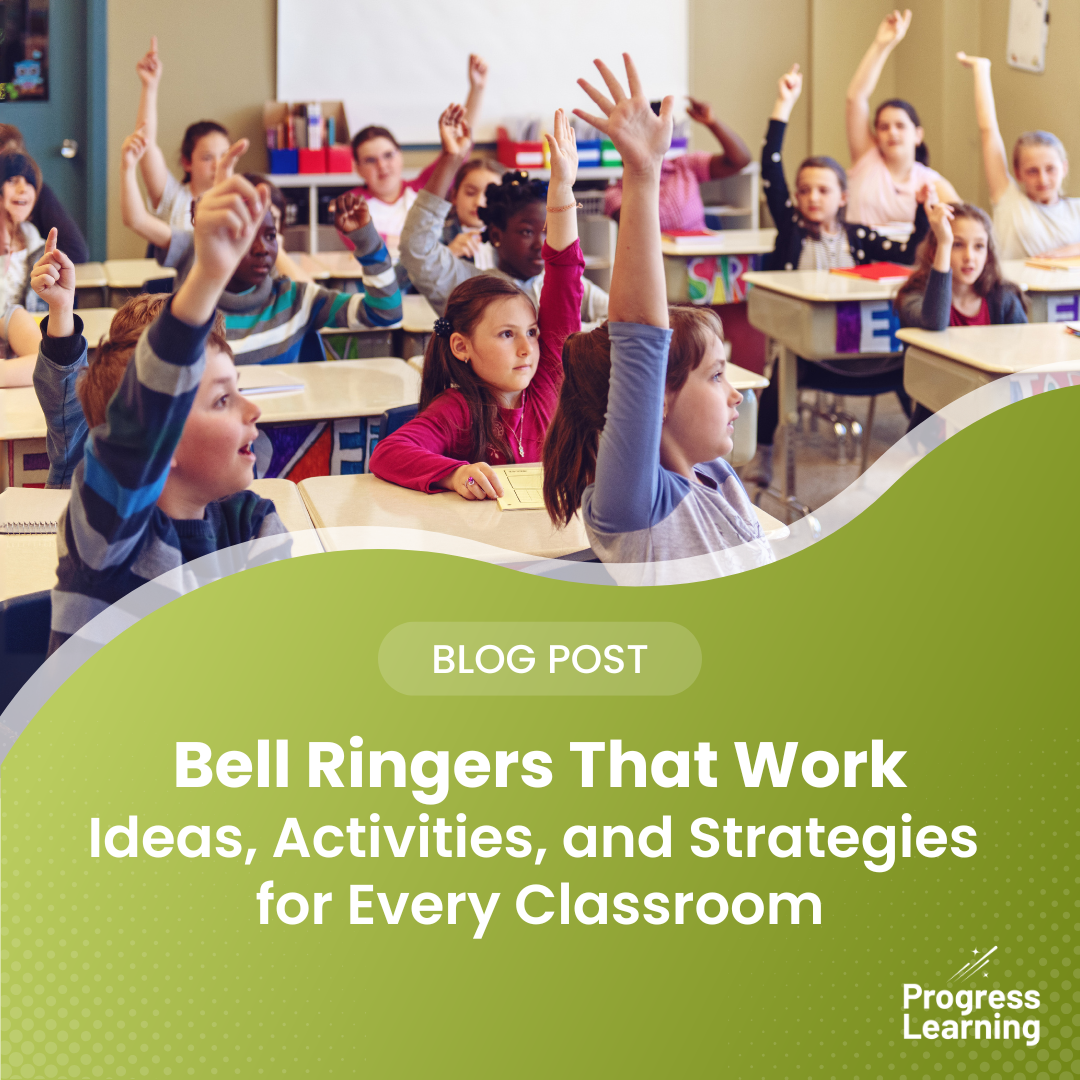Using SEL Techniques in Test Prep
As testing season approaches, the pressure on students—and educators—intensifies. But test prep doesn’t have to be stressful. By integrating social-emotional learning (SEL) techniques into test preparation, schools can create a more supportive environment that nurtures both academic growth and student well-being. SEL isn’t separate from instruction; it enhances it. When SEL is embedded into academic routines, students are better equipped to manage stress, stay motivated, and show what they know.
Here are five actionable ways to weave SEL into test prep, with strategies for both the classroom and the broader school environment.
1. Strengthen Self-Awareness Through Academic Goal Setting
Helping students set meaningful academic goals fosters a deeper understanding of where they are and what they need to do to grow. This type of self-reflection encourages ownership and keeps students focused on their personal progress, not just the final score.
Classroom Strategy:
Use individual learning data (like formative assessments or study plan progress) to help students set short-term academic goals. Post visual goal trackers, celebrate milestones, and allow time for students to reflect on their progress each week.
School-wide Strategy:
Implement school-wide goal-setting initiatives through advisory or homeroom periods. Provide staff with templates and routines to guide student reflection and progress conversations. Feature goal achievements in school announcements or hallway displays.
Why It Supports SEL:
Setting and tracking goals cultivates self-awareness and self-management, two core SEL competencies. Students learn to assess their progress, take ownership of their learning, and stay motivated by their own growth.
2. Use Familiar Practice to Reduce Test Anxiety
One of the most effective ways to reduce testing anxiety is to make the test experience feel predictable. When students encounter test-style questions and formats regularly throughout the year, they’re more likely to feel calm and confident on test day.
Classroom Strategy:
Incorporate test-style questions and formats—especially tech-enhanced and multi-step items—into daily assignments. Regular low-stakes practice helps normalize the test experience and reduces fear of the unknown.
School-wide Strategy:
Align formative assessments across grade levels to match the rigor and design of state assessments. Provide time for mock testing and classroom walkthroughs that simulate testing environments to build familiarity and confidence.
Why It Supports SEL:
Reducing uncertainty increases self-confidence and helps students manage emotional responses. Familiarity with test structure fosters a sense of predictability and control, which lowers anxiety and promotes calm during assessments.
3. Embed Coping Strategies Into Daily Routines
Coping strategies are most effective when they’re part of the classroom culture, not introduced for the first time the week of testing. When students regularly practice simple techniques to manage stress, they’re more likely to use them when it matters most.
Classroom Strategy:
Practice simple calming techniques—such as deep breathing, positive self-talk, and short mindfulness exercises—regularly. Introduce new strategies one at a time and make them part of classroom routines, such as morning meetings or test prep warmups.
School-wide Strategy:
Create a “Calm Down Toolkit” initiative across classrooms and testing centers. Offer professional development for staff on emotional regulation practices. Partner with counselors to deliver mini SEL lessons focused on stress management.
Why It Supports SEL:
Coping strategies build self-regulation, an essential SEL skill. Students learn how to calm their nervous systems and approach challenges with a clearer mind—leading to better focus and resilience under pressure.
4. Foster Belonging Through Peer Encouragement and Class Culture
A positive, supportive classroom culture can make a world of difference in how students approach test prep. When students feel a sense of belonging and encouragement, they’re more likely to stay engaged and motivated—even when the work is hard.
Classroom Strategy:
Incorporate peer-to-peer encouragement by creating space for students to recognize each other’s efforts. Use team-based review activities and classroom rituals that celebrate persistence and growth, not just top scores.
School-wide Strategy:
Establish school-wide campaigns to promote encouragement during test season—like “You’ve Got This” notes from staff or “Shoutout Walls” where students highlight peer effort. Involve student leaders in organizing supportive activities.
Why It Supports SEL:
Creating a culture of encouragement promotes social awareness and relationship skills. When students feel emotionally safe and seen by their peers and teachers, they are more likely to stay engaged and take academic risks.
5. Make Data Actionable and Support Targeted Remediation
Effective remediation isn’t just about reteaching—it’s about identifying the right next step for each student. When intervention is personalized and data-driven, students feel supported rather than overwhelmed.
Classroom Strategy:
Use classroom-level data to guide personalized remediation. Assign standards-based practice through tools like adaptive learning platforms. Schedule regular review days focused on specific skills identified through progress monitoring.
School-wide Strategy:
Use benchmark or diagnostic data (like NWEA MAP scores) to group students for tiered intervention across grade levels. Align efforts with available remediation tools that support quick-click access to targeted resources.
Why It Supports SEL:
When students receive targeted, achievable support, they feel capable and valued. This boosts self-efficacy—the belief that their effort leads to growth—and helps shift the narrative from “I can’t” to “I’m improving.”
Preparing students for high-stakes assessments doesn’t require sacrificing emotional well-being. By embedding SEL strategies into test prep, educators can support the whole child—academically and emotionally. These approaches create a learning environment where students feel confident, connected, and ready to succeed—not just on the test, but in every challenge that comes their way. Subscribe below for more expert insights on preparing your students for testing season.


